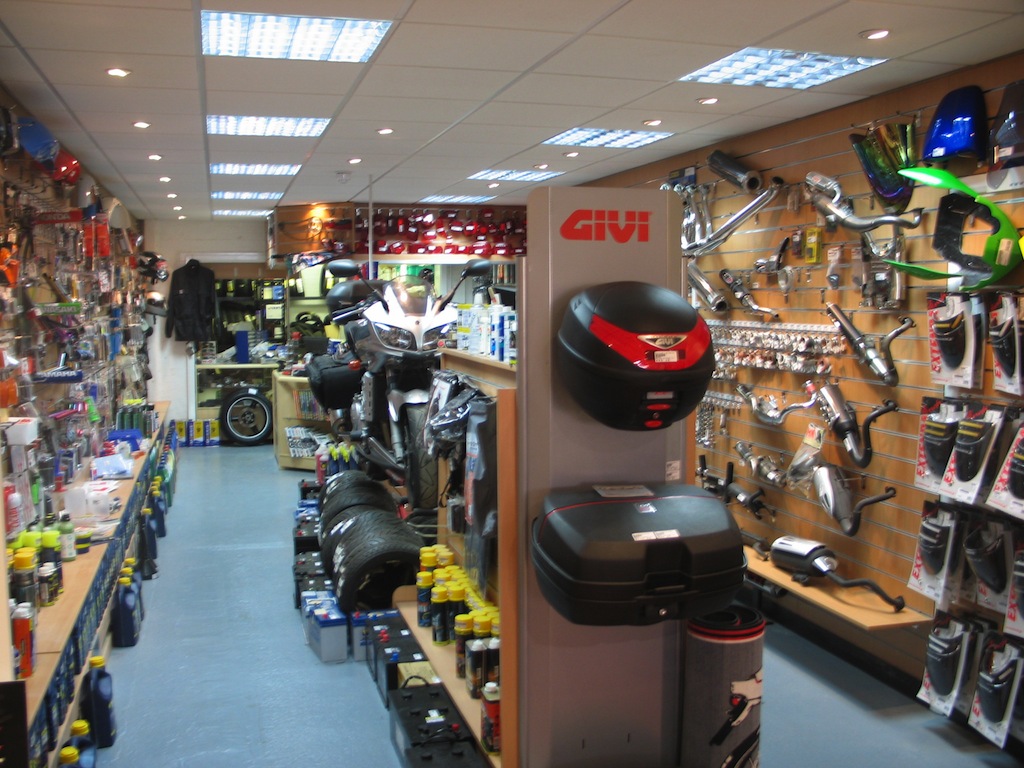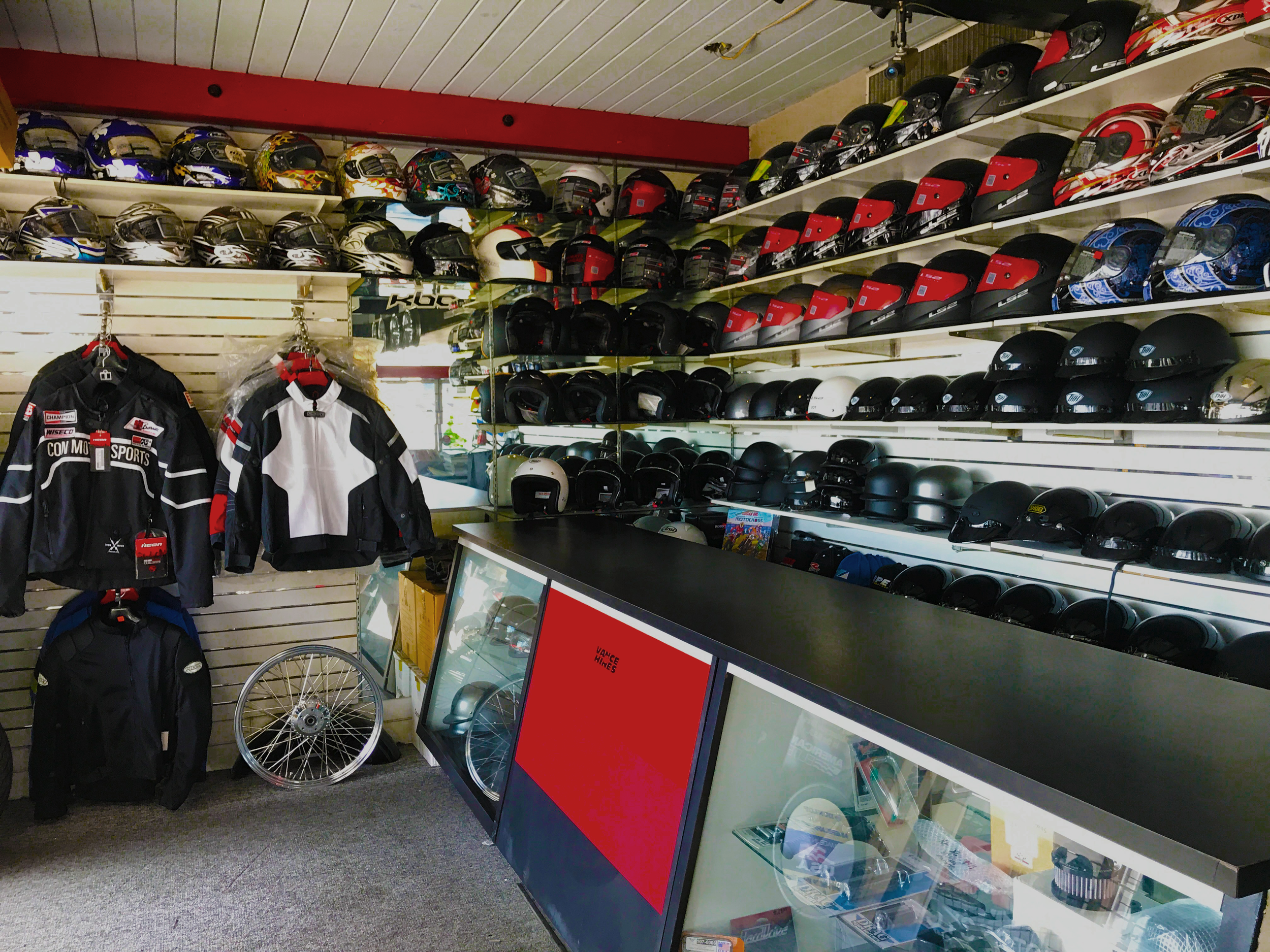An In-depth Check Out Bike Components: What Every Biker Ought To Know
An extensive understanding of bike components is not simply valuable but vital for any type of biker intending to maximize performance and security. Each part, from the engine's intricate functions to the dependability of brake systems, plays a critical duty in the total experience and capability of the bike.
Comprehending the Engine
The engine, commonly considered the heart of a motorcycle, is a complex setting up of parts that operate in consistency to convert gas right into movement. At its core, the engine's key feature entails the burning procedure, where air and gas mix and ignite within the cylinders, causing controlled surges that drive the pistons. These pistons go up and down, converting chemical power into power, which subsequently transforms the crankshaft, inevitably powering the bike.

Recognizing the details of a bike engine is essential for enthusiasts and bikers alike. It not only provides insight into exactly how motorbikes achieve their remarkable power and rate but likewise aids in efficient upkeep and troubleshooting, making sure long life and integrity when driving.
Suspension Systems
While the engine powers the bike, the shock absorber plays a vital duty in guaranteeing a controlled and smooth adventure. The suspension system is accountable for taking in shocks from the roadway surface area, keeping tire contact, and offering security during cornering and stopping. It consists of 2 major elements: the front forks and the rear shock absorbers.
Front forks are generally telescopic, wetting and containing a springtime mechanism. The spring compresses and expands to take in bumps, while the dampening device regulates the movement to stop extreme bouncing. This mix makes sure the front wheel continues to be touching the roadway, supplying exceptional handling and comfort.
The back suspension, commonly a monoshock or twin-shock arrangement, functions similarly to the front suspension yet is tailored to support the motorcycle's weight and cyclist - motorcycle parts nz. It handles rear wheel motion, adding to the bike's total equilibrium and responsiveness
Suspension systems can be adjustable, permitting motorcyclists to adjust preload, compression, and rebound setups according to individual preferences and riding problems. This adjustability improves performance by maximizing the motorbike's interaction with varied surfaces. In recap, a reliable shock absorber is crucial for rider convenience, security, and the motorbike's managing prowess.
Brake Parts
Stopping power is an essential aspect of motorcycle safety, and it depends upon the effectiveness of the brake elements. The primary aspects of a motorbike's braking system include the brake pads, calipers, blades, and master cylinder. motorbike shop. Each of these parts plays a vital function in making certain efficient braking efficiency
Brake pads are important as they produce the necessary rubbing against the blades to reduce down or quit the motorcycle. Created from materials such as sintered steel or natural compounds, the choice of brake pad material dramatically impacts performance and long life. Calipers, housing the brake pads, use pressure to the pads when the brake bar is engaged, promoting call with the rotors.
The blades, commonly made from stainless steel or actors iron, are placed to the wheels and work as the surface against which the brake pads press. Their design, consisting of this article size and density, affects heat dissipation and stopping power. The master cyndrical tube, attached to the brake lever, generates hydraulic stress transferred through brake lines to the calipers, guaranteeing consistent stopping force.
Regular maintenance and assessment of these elements are essential for optimal efficiency, preventing wear and ensuring rider security on the road.
Tire Essentials
Beyond keeping robust stopping systems, making sure optimal tire performance is just as substantial for bike safety and security and effectiveness. Tires are the sole call factor in between the bike and the roadway, making their condition critical in handling, stability, and total trip high quality. Picking the proper tire kind is crucial, as it directly influences traction and performance. Alternatives range from touring to sporting activity tires, each developed to suit specific riding conditions and styles.

Additionally, consider the tire's age. Rubber compounds break down in time, even if step shows up ample. Examine the sidewall for the DOT (Division of Transportation) code to identify the tire's age. Commonly, substitute is suggested every 5 years, regardless of wear. Investing interest in these tire basics not only enhances efficiency however also significantly boosts riding safety.
Electric Equipments
In the realm of bike maintenance, the electrical system plays a crucial function in guaranteeing reputable performance and cyclist safety and security. This intricate network encompasses crucial components such as the battery, generator, starter electric motor, and circuitry harness. Each component is important for the seamless procedure of the motorbike, from ignition to see page illumination and interaction with numerous sensing units.
The battery serves as the heart of the electrical system, giving the required power to start the engine and run devices. Routinely checking the battery's voltage and terminals for deterioration is vital to avoid unanticipated failures. The alternator, on the other hand, reenergizes the battery while the engine is running, making certain a continuous power supply.
To keep it, riders need to pay interest to any uncommon noises or difficulties throughout start-up. Guaranteeing that the cables are totally free and undamaged from damage is necessary for ensuring and stopping short circuits functionality.
Conclusion

Quiting power is an essential element of bike safety, and it hinges more info here on the effectiveness of the brake parts. The main components of a motorcycle's braking system include the brake pads, calipers, blades, and master cylinder.Brake pads are essential as they create the essential friction versus the blades to slow down or quit the motorbike.Beyond keeping robust braking systems, guaranteeing optimum tire performance is just as substantial for motorcycle security and efficiency.In the realm of motorcycle maintenance, the electrical system plays an important role in guaranteeing dependable performance and rider security.
Comments on “Leading MX Gear NZ: Prepare for Your Next Off-Road Journey”